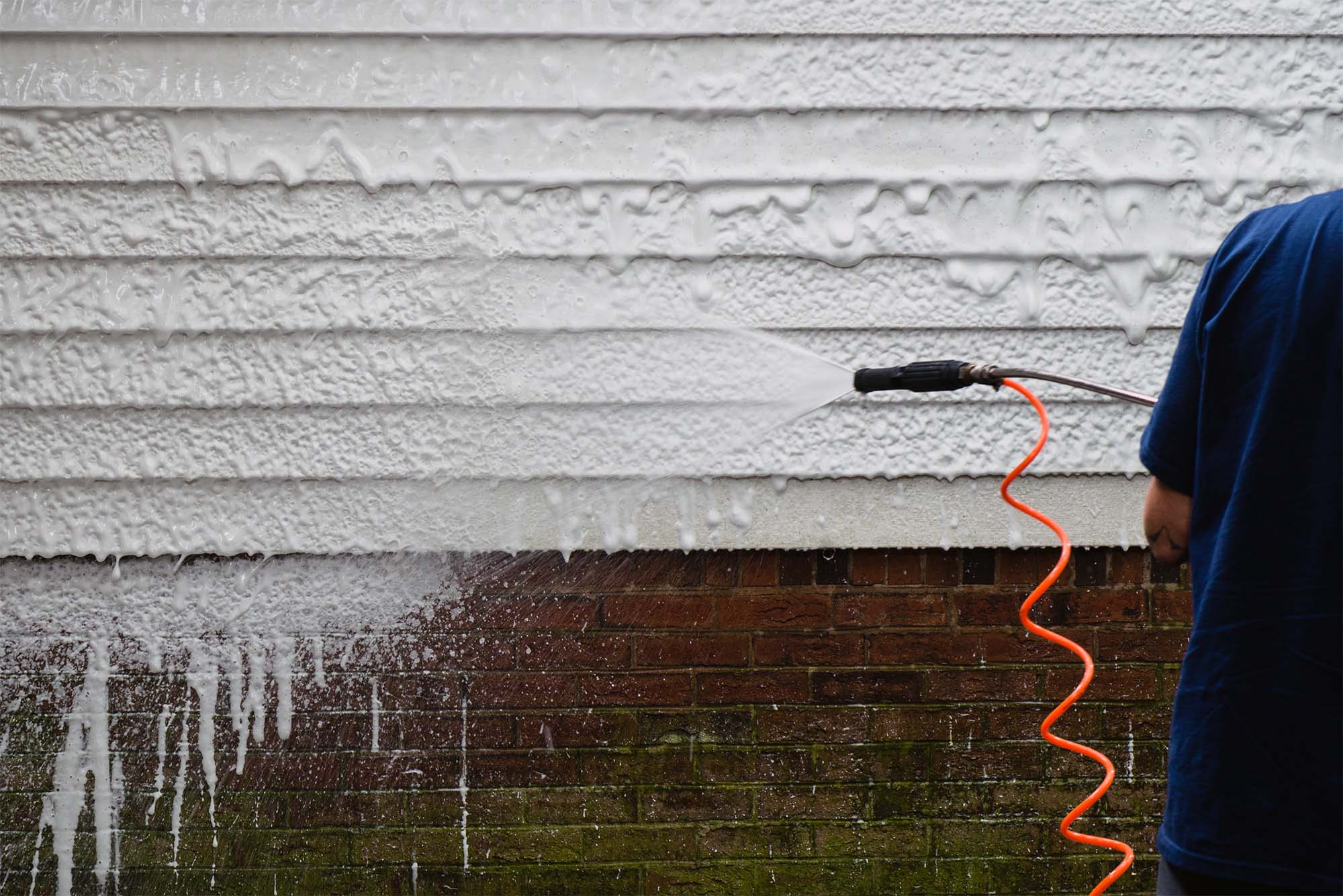

Articles
How To Power Wash Siding
Modified: October 27, 2024
Learn how to power wash your siding with these informative articles. Unlock tips, tricks, and step-by-step guides for a successful cleaning.
(Many of the links in this article redirect to a specific reviewed product. Your purchase of these products through affiliate links helps to generate commission for Storables.com, at no extra cost. Learn more)
Introduction
Welcome to the ultimate guide on power washing siding! If you’re looking to refresh and revitalize the exterior of your home, power washing can be an incredibly effective solution. Over time, dirt, grime, and other contaminants can build up on your siding, diminishing its appearance and potentially causing damage. Power washing is a quick and efficient way to remove these contaminants and restore your siding to its original beauty.
In this comprehensive guide, we will take you through everything you need to know about power washing siding. We’ll cover the basics of power washing, safety precautions, choosing the right equipment, preparing the area, mixing and applying cleaning solutions, power washing techniques, dealing with stubborn stains, and post-cleaning maintenance. By the end of this guide, you’ll have all the knowledge and tools necessary to tackle your siding cleaning project with confidence.
Before we dive into the details, it’s important to note that power washing can be a physically demanding task and requires some level of expertise. If you’re not comfortable or experienced with power tools or if you have delicate siding materials, it may be best to hire a professional power washing service. However, if you’re up for the challenge, let’s get started on transforming your siding!
Key Takeaways:
- Transform your home’s exterior with power washing! Safely choose equipment, prepare the area, and employ proper techniques for a successful and damage-free siding cleaning project.
- Maintain your siding’s pristine condition post-cleaning. Regularly inspect, clean, trim, and follow manufacturer’s guidelines for optimal maintenance. Enjoy a fresh and vibrant home exterior for years to come!
Read more: How To Winterize Power Washer
Understanding Power Washing
Power washing, also known as pressure washing, is a method of cleaning that utilizes high-pressure water to remove dirt, grime, stains, and other debris from various surfaces. When it comes to siding, power washing is an excellent option for efficient and thorough cleaning. It can effectively remove moss, mildew, algae, and even loose paint from the surface of your siding.
The power washer consists of a motor that drives a pump, which pressurizes the water. The high-pressure water is then delivered through a handheld wand or a nozzle attached to a long hose. The pressure level can typically be adjusted to suit the specific cleaning needs of different surfaces.
It is important to note that not all siding materials are suitable for power washing. Vinyl, aluminum, and wood siding are generally safe to power wash, but more delicate materials like stucco or older brick may require a gentler cleaning method. Before proceeding with power washing, it is crucial to understand the type of siding you have and consult any manufacturer’s guidelines or recommendations.
Power washing can be highly effective in removing surface dirt and contaminants, but it may not eliminate all stains or embedded dirt. In such cases, additional cleaning methods or treatments may be required. Furthermore, power washing does not replace the need for periodic painting or maintenance of your siding. However, it can serve as an excellent preparation step before painting or applying sealants to help ensure a clean and smooth surface.
When using a power washer, it is essential to follow proper techniques and safety precautions to avoid damage to your siding or injury to yourself. Next, we will explore some safety measures you should take before diving into your power washing project.
Safety Precautions
Before you start power washing your siding, it is crucial to prioritize safety. Power washers generate a significant amount of pressure and can cause injuries if not handled properly. Here are some important safety precautions to keep in mind:
- Protective Gear: Always wear protective gear, including safety goggles, gloves, and closed-toe shoes. This will shield you from potential debris, chemicals, and water spray.
- Inspect the Area: Before starting, inspect the area for any loose or damaged siding, electrical outlets, or delicate objects that could be damaged by the high-pressure water. Cover or remove any vulnerable items.
- Secure Ladders and Sturdy Footing: If you need to use a ladder, ensure that it is securely placed on a flat and stable surface. Have someone hold the ladder for additional stability.
- Keep a Safe Distance: Maintain a safe distance from the surface being cleaned, usually around 1 to 2 feet. Being too close can damage the siding or cause injury from the spray-back. Gradually move closer if necessary.
- Watch for Electrical Hazards: Be cautious of electrical outlets, light fixtures, and power lines. Never spray water directly into or near electrical components.
- Use Proper Technique: Hold the power washer wand with both hands and aim it in a downward angle to prevent water from traveling up behind the siding. Avoid spraying at a steep angle, as it may force water behind the siding.
- Test Before Clean: Before starting the actual cleaning, test the pressure and spray pattern on a small, inconspicuous area of your siding to ensure the pressure is appropriate and won’t cause damage.
- Use Chemicals Safely: If using cleaning solutions, carefully read and follow the manufacturer’s instructions. Wear protective clothing and avoid any contact with your skin or eyes.
- Mind Nearby Windows and Doors: Ensure that windows and doors are closed during the power washing process to avoid water entering your home or damaging interior surfaces.
- Properly Store Equipment: After use, store your power washer and accessories in a designated area, out of reach of children and away from potential hazards.
By following these safety precautions, you can minimize the risks and ensure a safe and successful power washing experience. Now that you’re aware of the safety measures, let’s move on to the next section: choosing the right equipment for your siding cleaning project.
Choosing the Right Equipment
When it comes to power washing your siding, selecting the appropriate equipment is essential for achieving optimal results. Here are some factors to consider when choosing the right power washer:
- Pressure Rating: The pressure rating of a power washer is measured in pounds per square inch (PSI). For most siding cleaning jobs, a pressure washer with a PSI between 1,500 and 2,500 should be sufficient. Higher PSI may be required for removing stubborn stains or heavily soiled surfaces, but it can also increase the risk of damaging the siding.
- Water Flow Rate: The water flow rate, measured in gallons per minute (GPM), determines how quickly water is delivered to the surface. A higher GPM can help remove dirt and debris more efficiently, but it may also use more water. For general siding cleaning, a flow rate of around 1.4 to 1.8 GPM should suffice.
- Nozzle Types: Power washers typically come with different nozzle options, each producing a specific spray pattern. The most common nozzle types for siding cleaning are a 25-degree or 40-degree fan nozzle. These provide a wider spray angle, reducing the risk of damaging the siding while still delivering sufficient cleaning power.
- Gas or Electric: Power washers can be powered by either gas or electricity. Gas-powered washers tend to have higher PSI and are more suitable for larger or heavily soiled areas. Electric models are generally more lightweight and easier to maneuver, making them ideal for smaller projects. Consider the size of your project and the availability of a power source when deciding between gas or electric.
- Weight and Mobility: Depending on the size of your siding and the scope of the project, the weight and maneuverability of the power washer can play a significant role. Consider the weight of the unit, the length of the hose, and any additional features, such as wheels or handles, that can enhance mobility.
- Additional Features: Some power washers offer additional features like adjustable pressure settings, detergent tanks, or interchangeable nozzles. These features can provide more versatility and convenience during your siding cleaning process.
It is important to note that renting or purchasing a power washer can be a more cost-effective solution for larger or regular cleaning projects. However, for smaller or infrequent tasks, hiring a professional power washing service might be a more practical choice.
Now that you understand the important factors in choosing the right power washer, let’s move on to the next section: preparing the area before you start power washing your siding.
Preparing the Area
Before you start power washing your siding, proper preparation is key to ensuring a successful and hassle-free cleaning process. Here are some steps to follow when preparing the area:
- Remove Obstacles: Clear the area around your siding of any obstacles such as furniture, potted plants, or toys. This will give you unobstructed access to the siding and prevent any objects from getting in the way of the power washer.
- Cover or Protect Nearby Plants: Power washing can be quite powerful, and the high-pressure water can damage delicate plants. It’s a good idea to cover nearby plants with plastic sheets or gently tie branches to protect them from the water spray.
- Close Windows and Doors: Ensure that all windows and doors are securely closed to prevent water from entering your home. This will also protect interior surfaces from potential damage.
- Disconnect Electrical Connections: If you have any outdoor electrical outlets or connections, safely disconnect and cover them to avoid water damage or electrical hazards.
- Prevent Water Intrusion: If you have sensitive areas on your home’s exterior that you want to protect, such as vents or light fixtures, consider covering them with plastic or waterproof material to prevent water from entering.
- Wet the Surrounding Area: Before starting the power washing, thoroughly wet the area surrounding the siding. This helps to dilute any cleaning solutions that may inadvertently come into contact with the ground, minimizing potential damage to plants or staining the surface.
By taking the time to properly prepare the area, you can minimize potential damage, protect your surroundings, and ensure a more efficient and effective power washing experience. Now that you have prepared the area, it’s time to move on to the next step: mixing and applying cleaning solutions.
When power washing siding, start from the top and work your way down to avoid streaking. Use a wide spray pattern and keep the nozzle at a 45-degree angle to prevent damage.
Read more: How To Clean Siding With Pressure Washer
Mixing and Applying Cleaning Solutions
When power washing your siding, using cleaning solutions can help enhance the cleaning process and remove stubborn stains or mildew. Here are the steps to mix and apply cleaning solutions:
- Read the Manufacturer’s Guidelines: Before mixing any cleaning solutions, carefully read and follow the manufacturer’s instructions. Different siding materials may require specific cleaning solutions or techniques.
- Choose the Right Cleaning Solution: Depending on the type of stains or contaminants on your siding, you can use a variety of cleaning solutions. For general dirt and grime, a mixture of mild detergent, such as dish soap, and water usually suffices. For more stubborn stains or mold and mildew, you may need to use a specialized siding cleaner or a mixture of bleach and water.
- Create the Cleaning Solution: Follow the recommended ratios provided by the manufacturer. Typically, a mixture of 1 part cleaning solution to 10 parts water is a good starting point. Adjust the dilution according to the severity of the stains and follow any specific instructions provided.
- Protective Measures: Put on protective gear such as gloves and safety goggles before handling any cleaning solutions.
- Apply the Solution: Use a low-pressure sprayer, such as a garden sprayer or a spray bottle, to evenly apply the cleaning solution to the siding. Start from the bottom and work your way up to ensure thorough coverage. Allow the solution to sit on the surface for a few minutes to loosen the dirt and stains.
- Scrub if Necessary: For more stubborn stains, you may need to lightly scrub the surface with a soft brush or sponge to help loosen the grime.
- Rinse the Siding: After letting the cleaning solution sit for the recommended time, thoroughly rinse the siding with clean water. Start from the top and work your way down, ensuring that all traces of the cleaning solution are removed.
It’s important to note that if you’re using a power washer with a built-in detergent tank, you can add the cleaning solution directly to the tank and it will mix with the water as you power wash. Follow the manufacturer’s instructions for adding the cleaning solution.
Remember to always test a small, inconspicuous area of your siding with the cleaning solution before applying it to the entire surface. This will help ensure that the solution doesn’t cause any discoloration or damage. Additionally, avoid using cleaning solutions that contain harsh chemicals or abrasive ingredients, as they can potentially harm your siding.
Now that you’ve mixed and applied the cleaning solutions, it’s time to learn about the proper power washing techniques for your siding. Let’s move on to the next section.
Power Washing Techniques
When it comes to power washing your siding, employing the right techniques will help you achieve optimal results without causing any damage. Follow these power washing techniques to ensure a thorough and effective cleaning:
- Start with Low Pressure: Begin the power washing process with the pressure set to the lowest setting. Gradually increase the pressure if needed, but always start with lower pressure to prevent any potential damage to the siding.
- Keep the Wand at a Right Angle: Hold the power washer wand at a right angle to the surface you’re cleaning. This helps to evenly distribute the water and prevents any potential damage that may result from spraying at an angle.
- Maintain a Safe Distance: Stand a few feet away from the siding and maintain a consistent distance as you work your way up. This allows the water to effectively clean the surface without causing any damage from being too close or too far away.
- Work in Sections: Divide your siding into manageable sections and clean one section at a time. This ensures that you clean the entire surface evenly without missing any spots or spending too much time in one area.
- Overlap Each Pass: When power washing, overlap each pass with the previous one by about 50%. This ensures that the entire surface is thoroughly cleaned without leaving any streaks or missed areas.
- Follow the Grain: If you have wood siding, it’s best to follow the grain of the wood when power washing. This helps to protect the natural texture of the wood and avoid any potential damage.
- Work from the Top Down: Start from the top of the siding and work your way down. This allows the water and debris to flow down the surface and prevents any streaking or dirt from settling on already cleaned areas.
- Avoid Lingering in One Spot: While it’s necessary to spend some time on particularly dirty or stained areas, avoid lingering in one spot for too long. This can lead to etching or damage to the siding surface.
- Take Breaks as Needed: It’s important to pace yourself and take breaks if necessary, especially for larger projects. Power washing can be physically demanding, so listen to your body and don’t overexert yourself.
By following these power washing techniques, you can ensure a thorough and efficient cleaning process without causing any damage to your siding. However, it’s important to note that different siding materials may require slight adjustments to these techniques. Always refer to the manufacturer’s guidelines and recommendations for your specific siding type.
Now that you know the proper power washing techniques, let’s move on to the next section: dealing with stubborn stains that may require extra care and attention.
Dealing with Stubborn Stains
Despite your best efforts, there may be stubborn stains or discoloration on your siding that require extra attention. Here are some techniques to help you tackle those stubborn stains:
- Spot Cleaning: For localized stains, you can spot clean the area using a soft brush or sponge and a mild detergent solution. Gently scrub the stained area in a circular motion, being careful not to apply too much pressure that could damage the siding.
- Vinegar Solution: A mixture of white vinegar and water can be effective for removing certain types of stains, such as mold or mildew. Apply the vinegar solution to the stained area and let it sit for a few minutes before scrubbing and rinsing.
- Baking Soda Paste: Create a paste by mixing baking soda with water until it forms a thick consistency. Apply the paste to the stained area and let it sit for a few minutes before gently scrubbing and rinsing.
- Oxygen Bleach Solution: Oxygen bleach is a safe and effective alternative to chlorine bleach for removing stains. Follow the manufacturer’s instructions for the appropriate dilution ratio, apply the solution to the stained area, and allow it to sit for the recommended time before rinsing.
- Pressure Adjustment: If stubborn stains persist, you may need to slightly increase the pressure on your power washer. Be cautious not to exceed the recommended pressure limit for your siding, as excessive pressure can cause damage.
- Professional Help: In some cases, it may be best to seek professional help for stubborn or persistent stains. Professional power washing services have the expertise, specialized equipment, and cleaning solutions to effectively remove even the toughest stains without causing damage.
It’s important to note that some stains, such as certain forms of paint or heavy oxidation, may require more extensive treatment or repair. If you are unsure about handling a particular stain, consult with a professional or a siding expert for guidance.
Now that you have some techniques to combat stubborn stains, let’s move on to the final section: post-cleaning maintenance to keep your siding in pristine condition.
Post-cleaning Maintenance
After power washing your siding and enjoying the refreshed appearance of your home, it’s important to implement post-cleaning maintenance practices to keep your siding in pristine condition. Here are some tips to maintain your siding:
- Inspect for Damage: After power washing, take the time to inspect your siding for any signs of damage, loose boards, or cracks. Addressing these issues promptly can prevent further damage and maintain the integrity of your siding.
- Regular Cleaning: Regularly clean your siding to prevent the buildup of dirt, grime, and other contaminants. This can be done using a garden hose, soft brush, and mild detergent solution. Avoid using abrasive materials or harsh chemicals that could damage the siding.
- Trim Vegetation: Trim any overhanging branches, shrubs, or vines that are in close proximity to your siding. This helps to prevent moisture retention, potential damage from scratching, and the growth of mold or mildew.
- Monitor Moisture Levels: Regularly check for areas of moisture accumulation around your siding, as excessive moisture can lead to mold or mildew growth. Proper drainage and ventilation are crucial in maintaining the integrity of your siding.
- Address Mold or Mildew Promptly: If you notice any mold or mildew growth on your siding, it’s essential to address it promptly. Use a mixture of water and vinegar or a specialized mold and mildew cleaner to remove the growth, and ensure proper ventilation to prevent its recurrence.
- Consider Painting or Sealing: If your siding is in need of a fresh look or extra protection, consider painting or sealing it after power washing. This adds an additional layer of defense against the elements and helps to maintain the longevity of your siding.
- Follow Manufacturer’s Guidelines: Always refer to the manufacturer’s recommendations and guidelines for maintenance specific to your siding material. This ensures that you’re using appropriate cleaning methods and products to keep your siding in optimal condition.
- Professional Maintenance: If you’re unsure about any maintenance practices or need assistance, consider contacting a professional siding contractor. They can provide expert advice and services to help you maintain your siding effectively.
By implementing these post-cleaning maintenance practices, you can extend the lifespan of your siding and keep it looking its best for years to come. Regular maintenance not only enhances the appearance of your home’s exterior but also protects your investment.
Now that you’re equipped with the knowledge of post-cleaning maintenance, you’ve reached the end of our comprehensive guide on power washing siding. By following the steps outlined in this guide, you can confidently tackle your siding cleaning project and achieve outstanding results.
Remember, safety should always be a priority, and if you’re unsure about any aspect of power washing, it’s best to consult with professionals who can ensure a safe and effective cleaning process. Enjoy the fresh and vibrant look of your newly cleaned siding!
Read also: 15 Superior Power Washer For 2025
Conclusion
Power washing siding can be a game-changer in revitalizing the exterior of your home. By effectively removing dirt, grime, stains, and other contaminants, power washing can restore your siding to its original beauty and give your home a fresh and vibrant look. However, it’s crucial to approach power washing with the right knowledge and techniques to ensure a successful and damage-free cleaning process.
In this comprehensive guide, we have covered everything you need to know about power washing siding. From understanding power washing and taking safety precautions to choosing the right equipment, preparing the area, mixing and applying cleaning solutions, employing power washing techniques, dealing with stubborn stains, and post-cleaning maintenance, you now have a solid foundation to confidently tackle your siding cleaning project.
Remember, safety should always be a priority when power washing. Use protective gear, inspect the area, secure ladders, and maintain a safe distance from the surface being cleaned. Taking these precautions will help prevent any injuries or damage to your siding and surroundings.
Choosing the right equipment is essential for achieving optimal results. Consider factors like pressure rating, water flow rate, nozzle types, gas or electric power, weight, and additional features when selecting a power washer.
Preparing the area before power washing will ensure a smooth and efficient cleaning process. Clear away obstacles, cover plants, close windows and doors, and wet the surrounding area to minimize potential damage and water intrusion.
Mixing and applying the appropriate cleaning solutions is key to tackling dirt, grime, and stains effectively. Follow manufacturer’s guidelines, choose the right cleaning solutions for your specific siding material, and apply them evenly while following safety precautions.
Employing the proper power washing techniques will help you achieve optimal results without causing any damage. Start with low pressure, maintain the right angle and distance, work in sections, and overlap each pass for a thorough and consistent clean.
For stubborn stains, utilize spot cleaning techniques, vinegar solutions, baking soda pastes, oxygen bleach solutions, or adjust the pressure accordingly. In case of persistent stains or uncertainty, it’s best to seek professional help.
Lastly, maintaining your siding after power washing is crucial to prolong its lifespan and keep it looking its best. Regular cleaning, trimming vegetation, monitoring moisture levels, addressing mold or mildew, considering painting or sealing, and following manufacturer’s guidelines ensure optimal maintenance practices.
With the knowledge gained from this guide, you’re now equipped to successfully power wash your siding and enjoy the refreshed and rejuvenated appearance of your home. Remember to always prioritize safety, follow the appropriate techniques, and seek professional help if needed. Your siding will thank you for the care and attention it receives.
Now, go forth and transform your siding with the power of washing!
Frequently Asked Questions about How To Power Wash Siding
Was this page helpful?
At Storables.com, we guarantee accurate and reliable information. Our content, validated by Expert Board Contributors, is crafted following stringent Editorial Policies. We're committed to providing you with well-researched, expert-backed insights for all your informational needs.
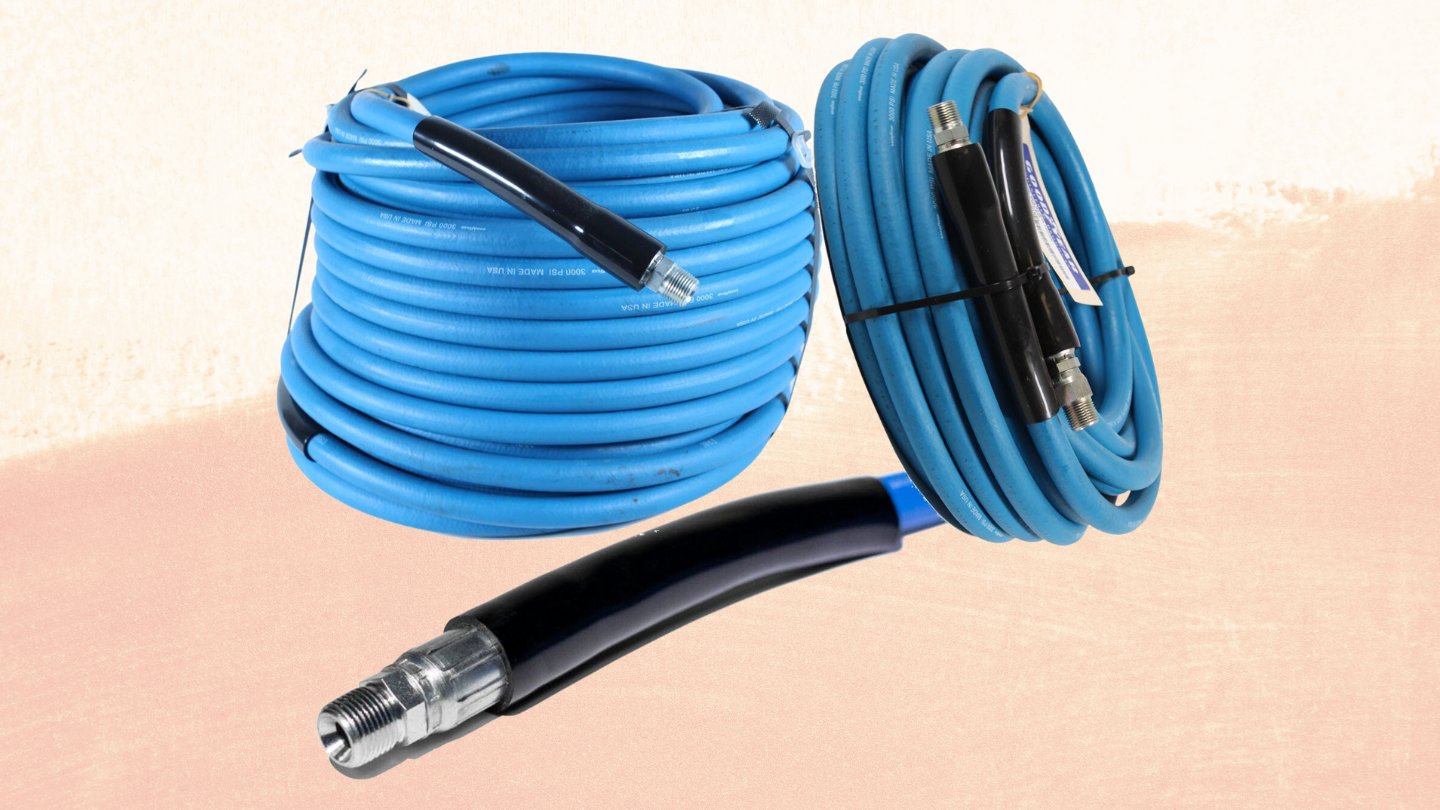
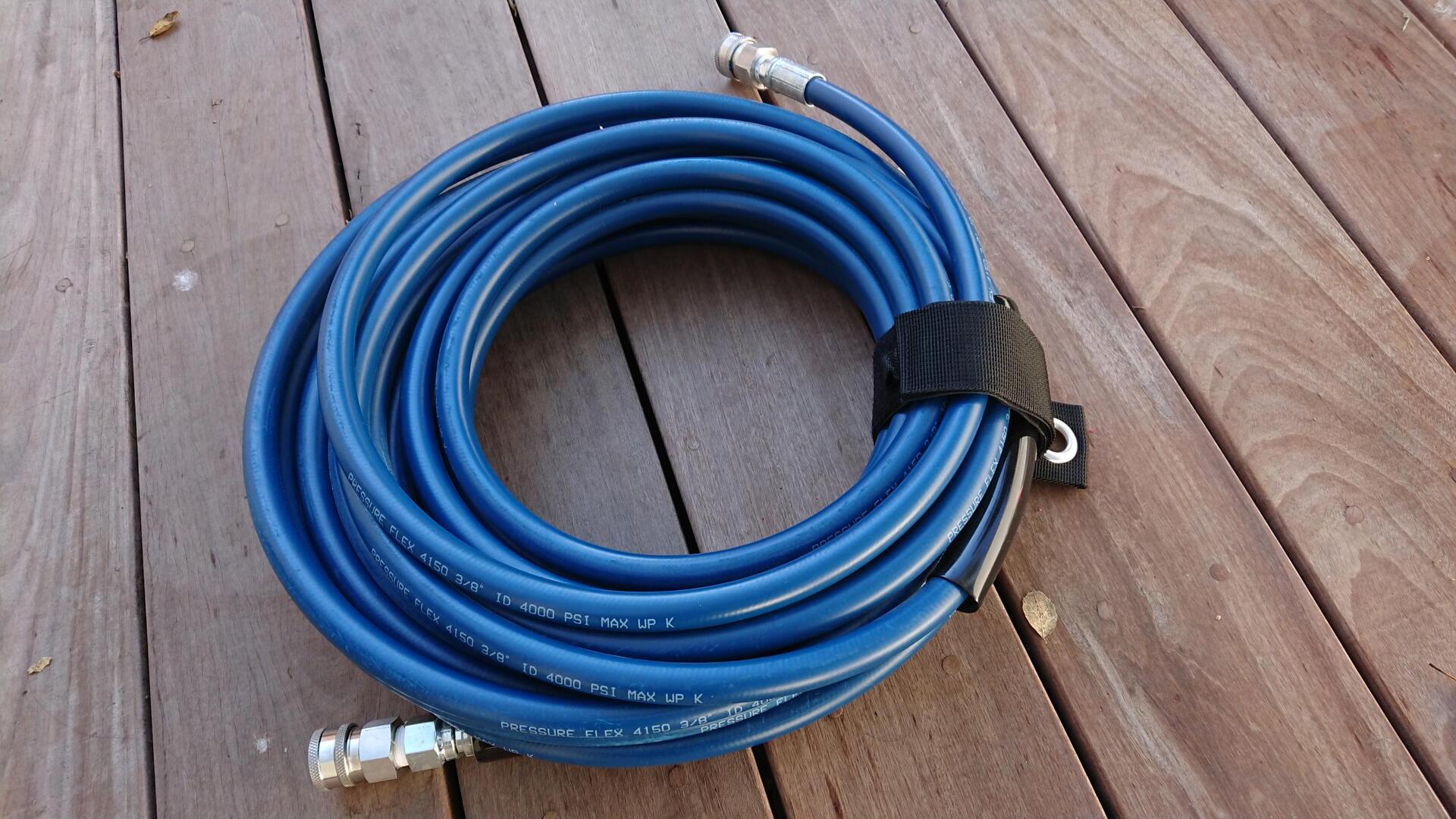
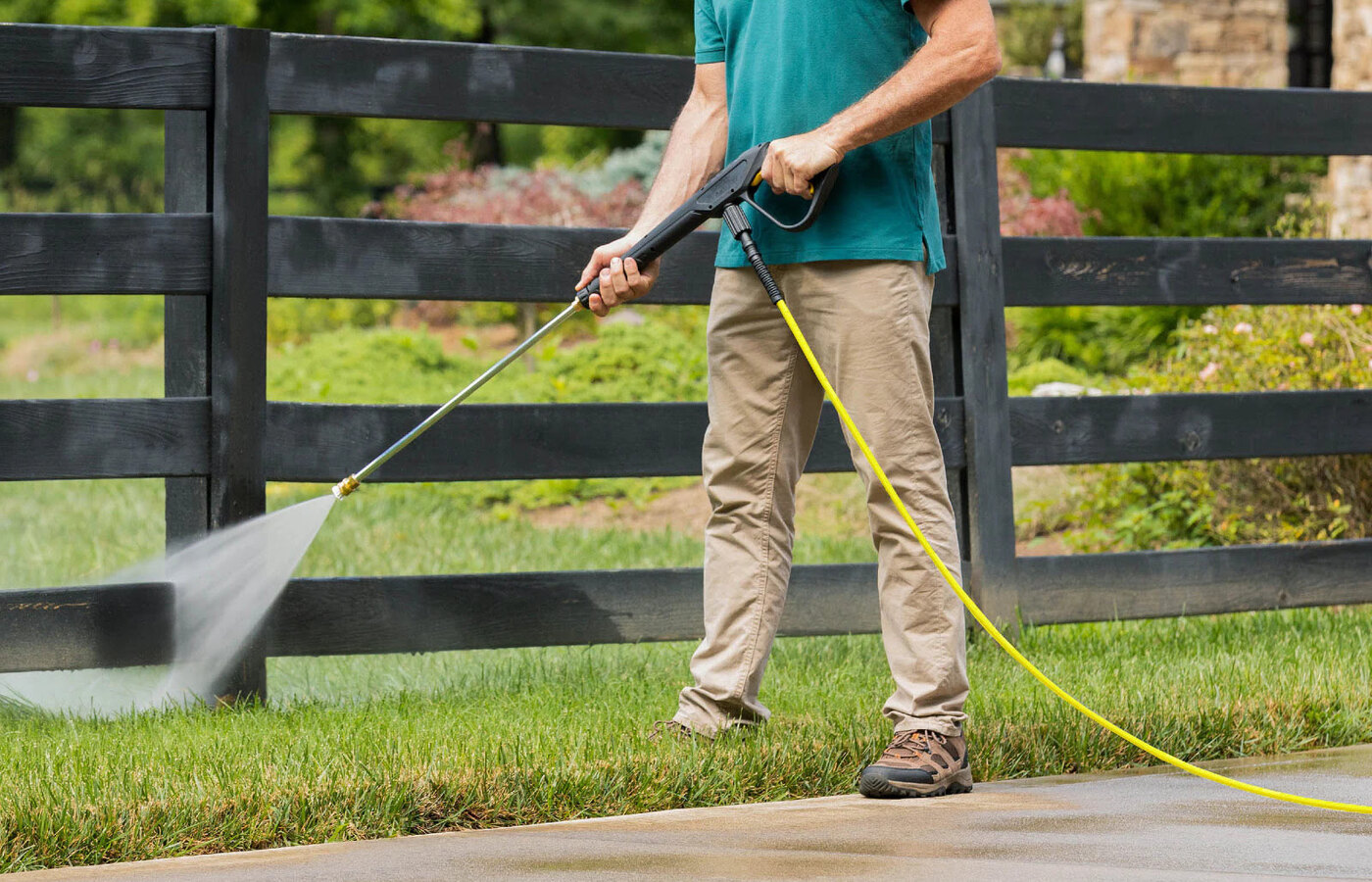
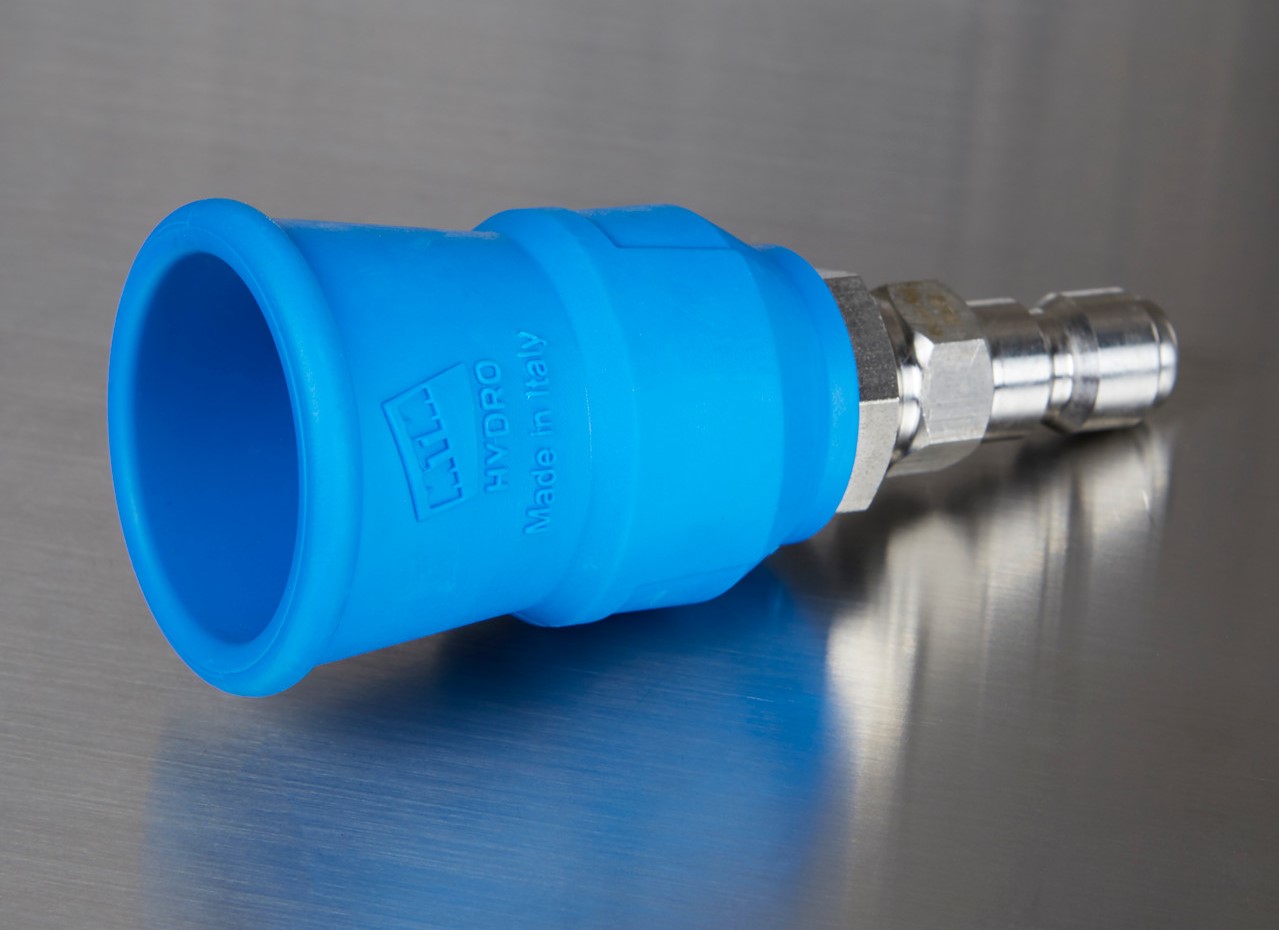
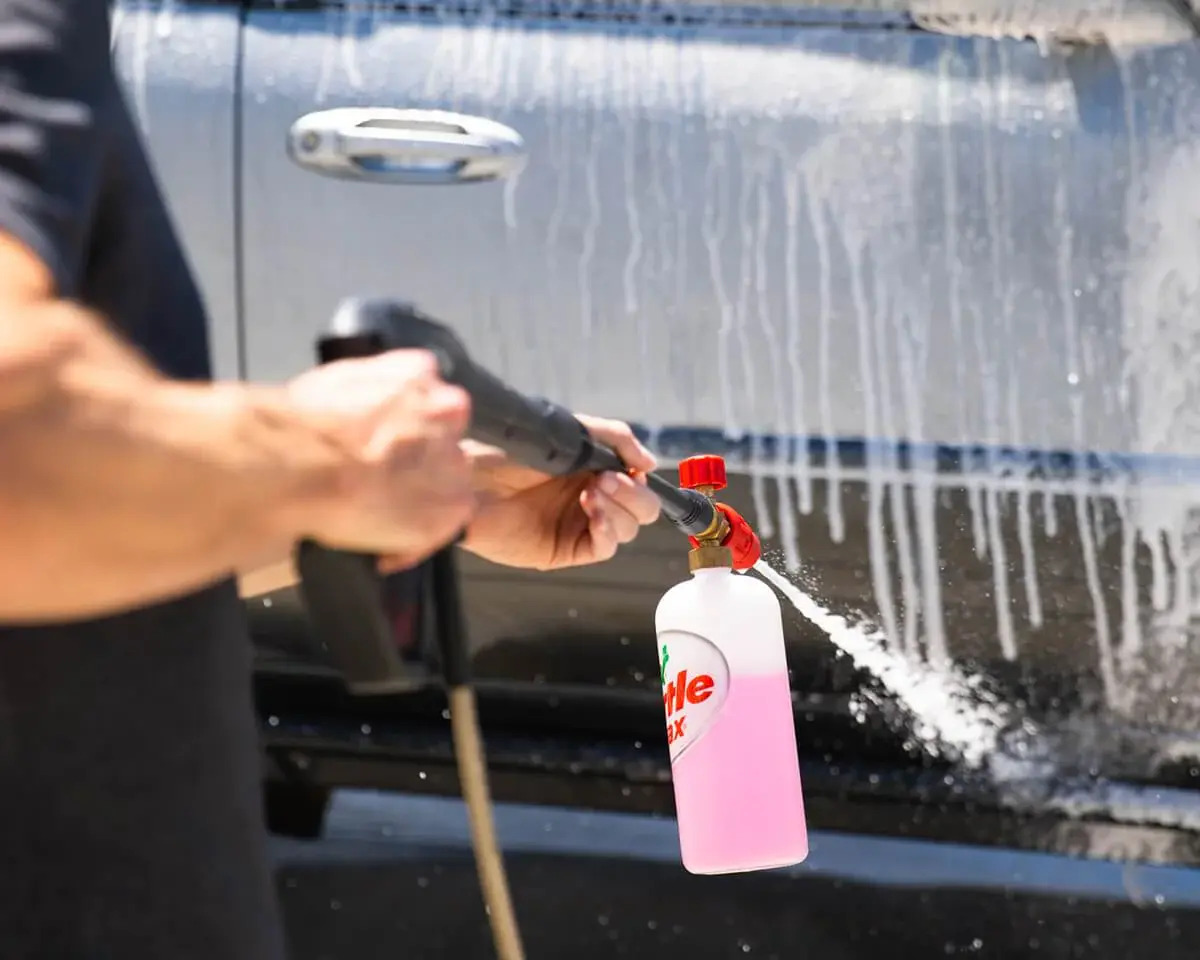
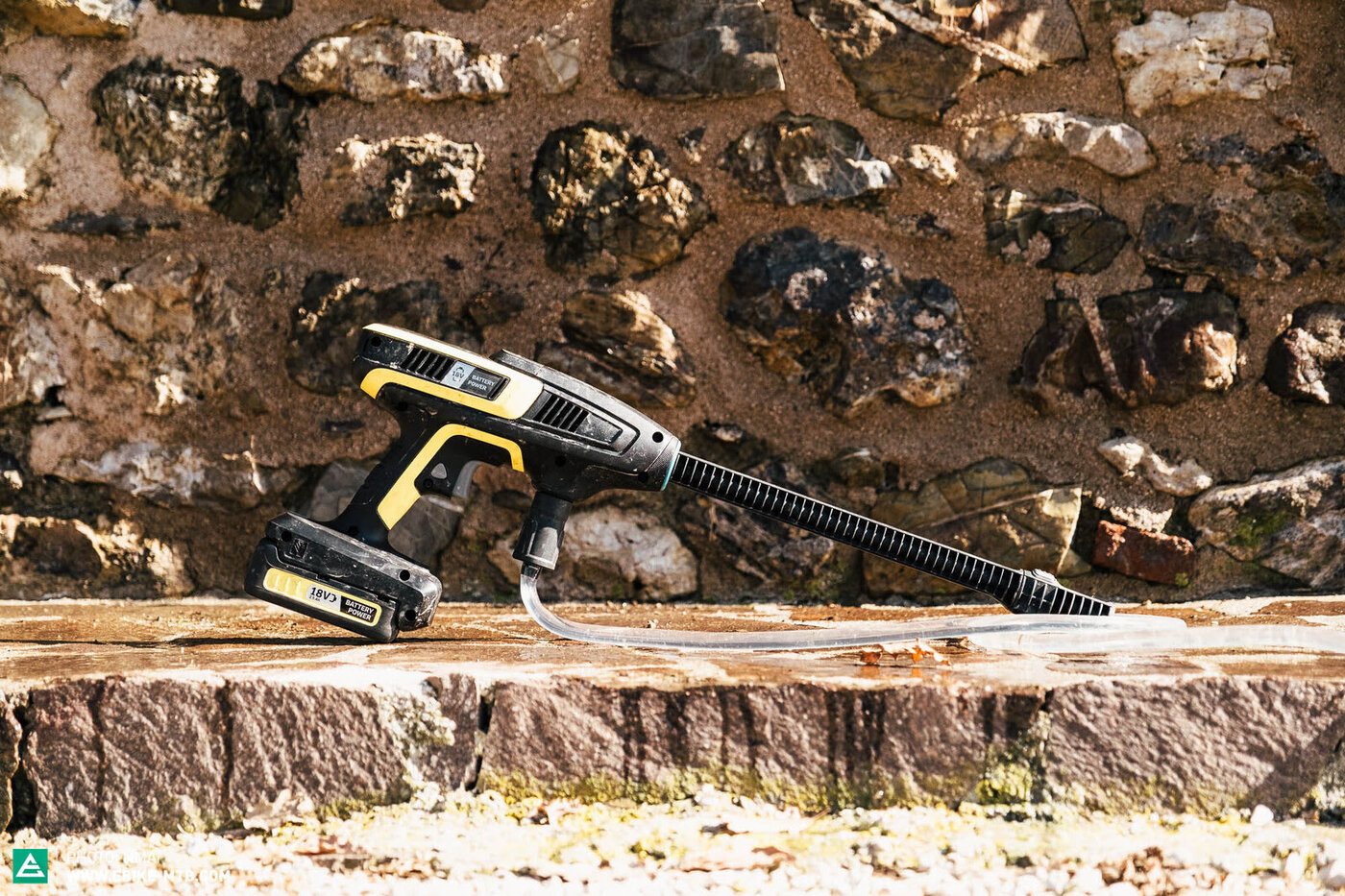
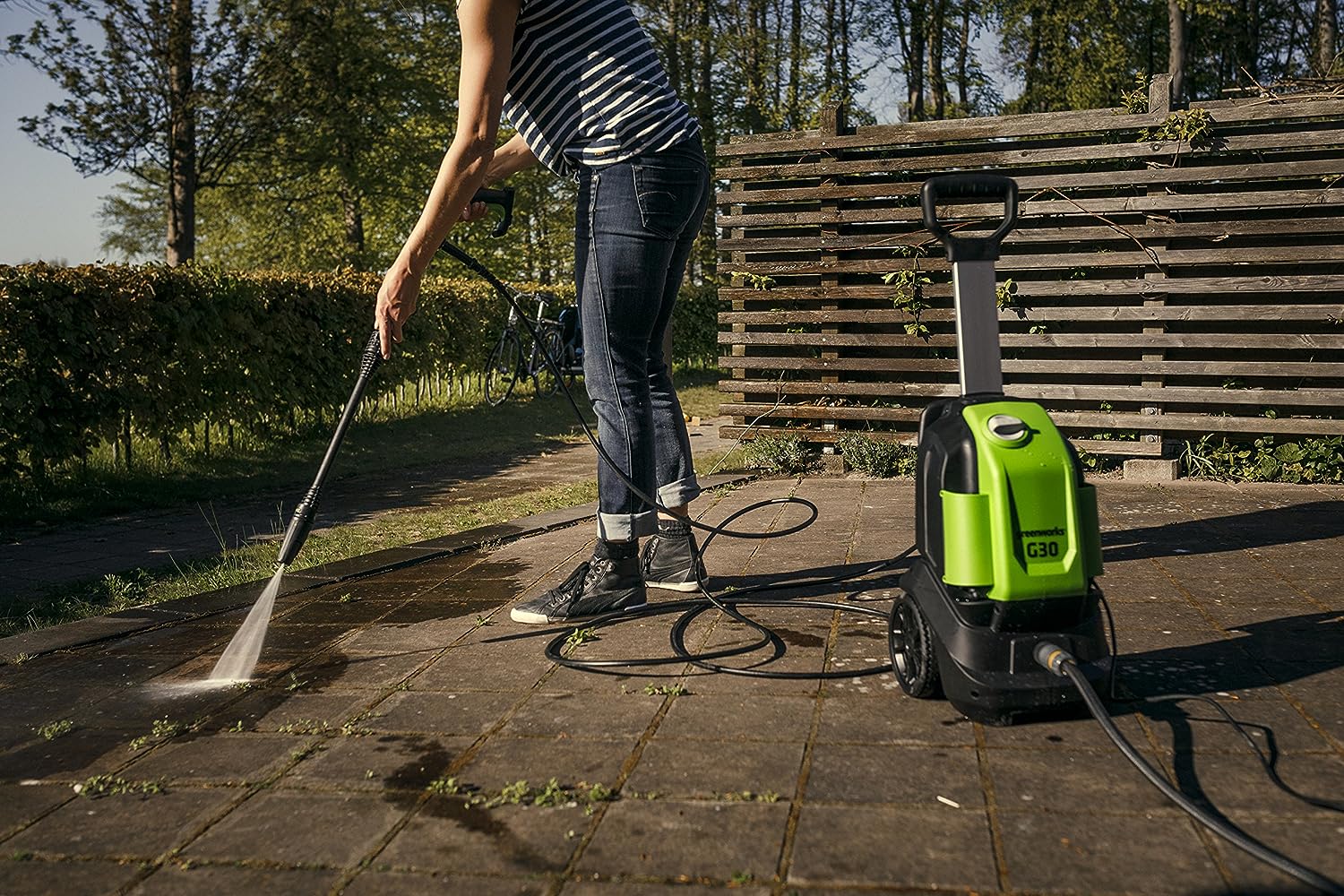
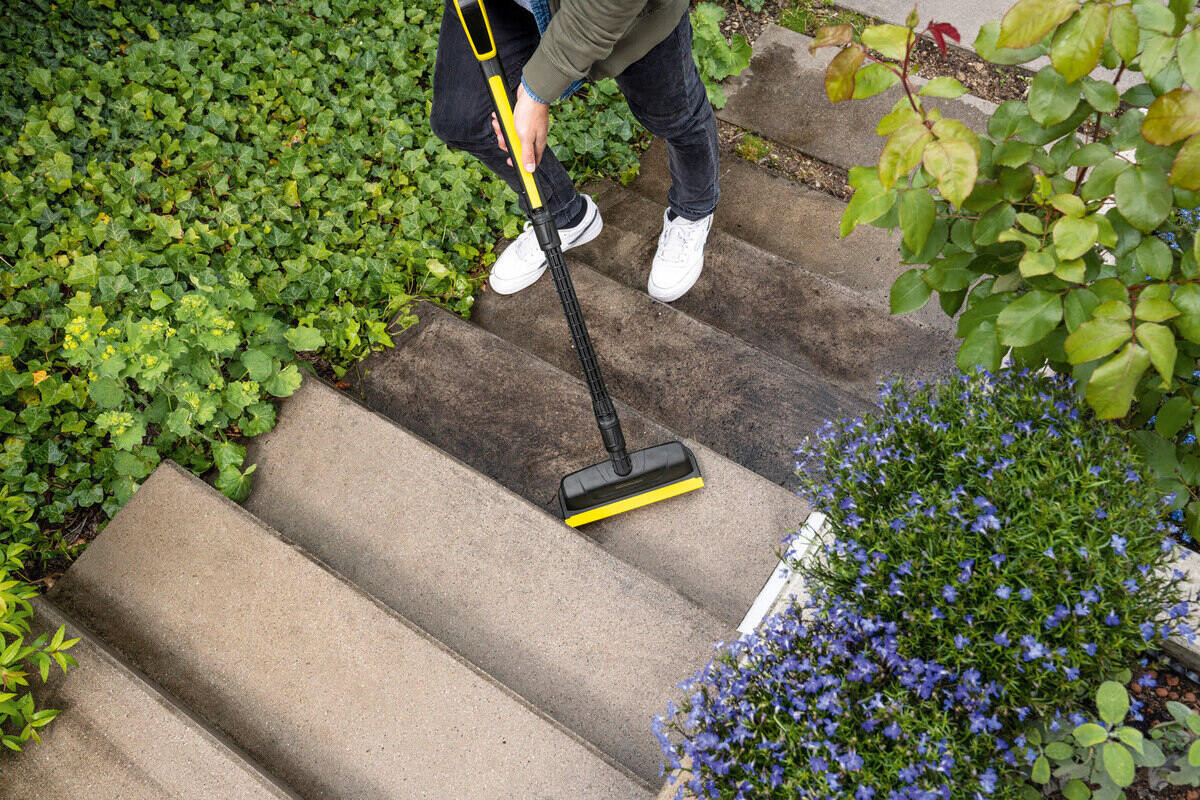
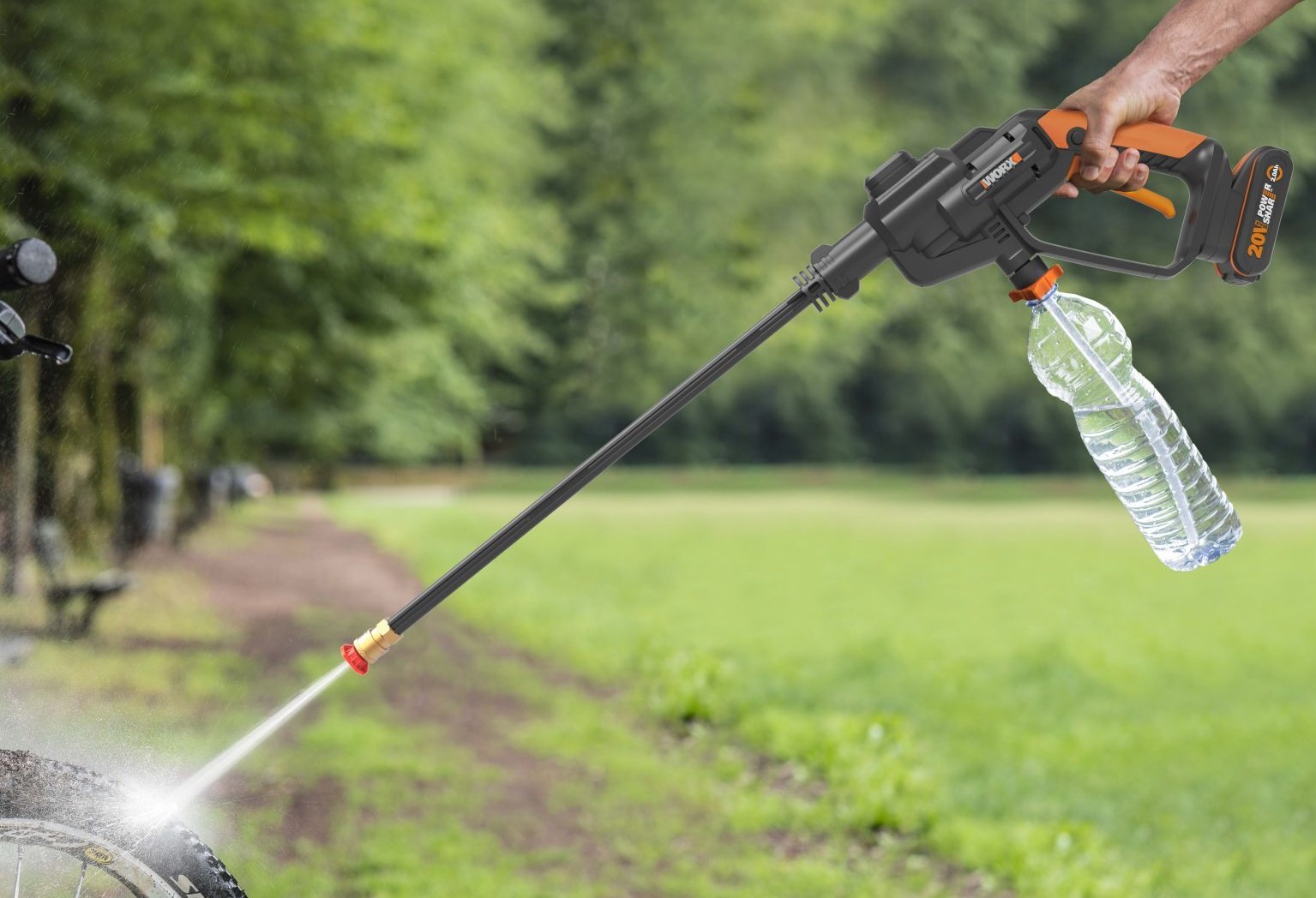
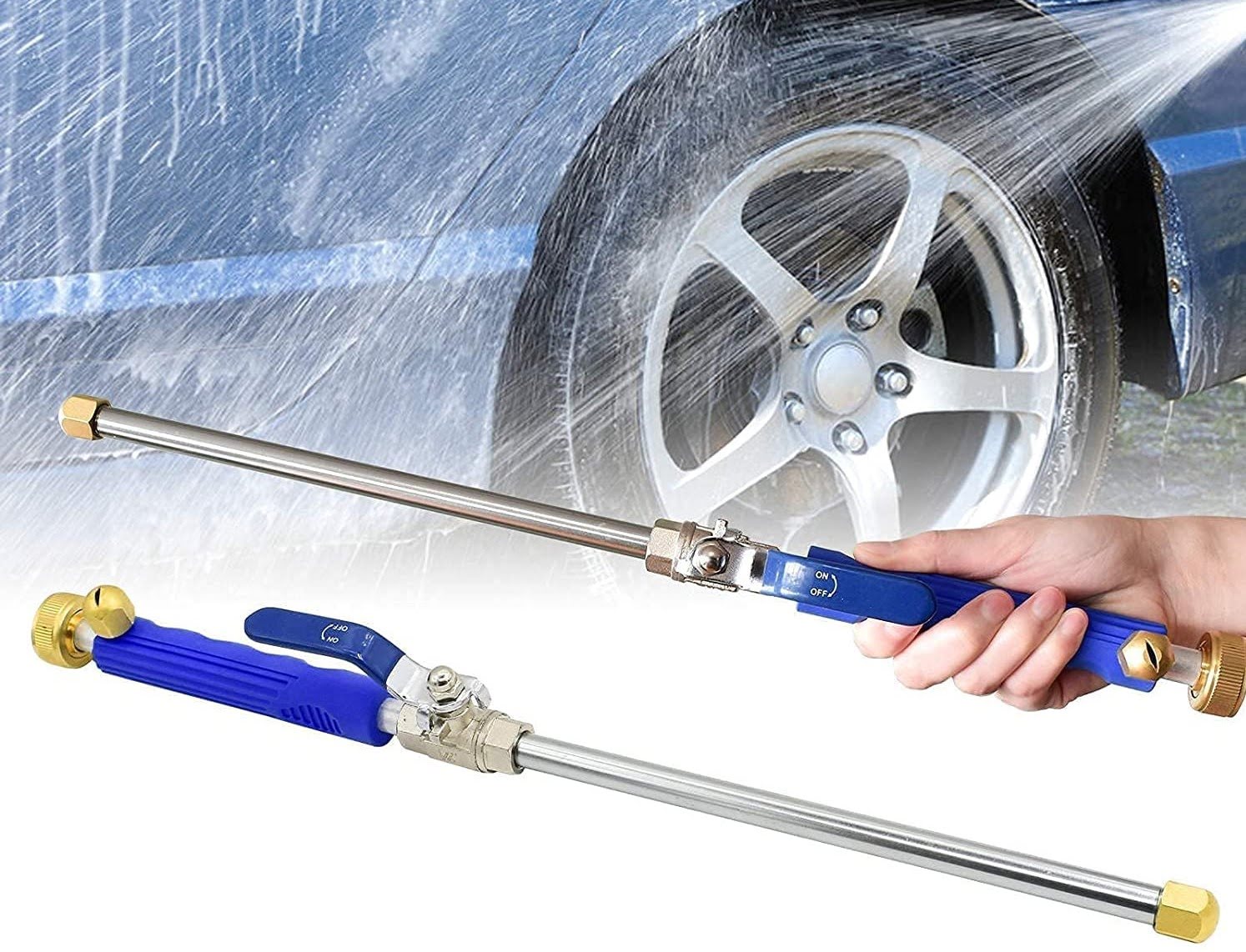
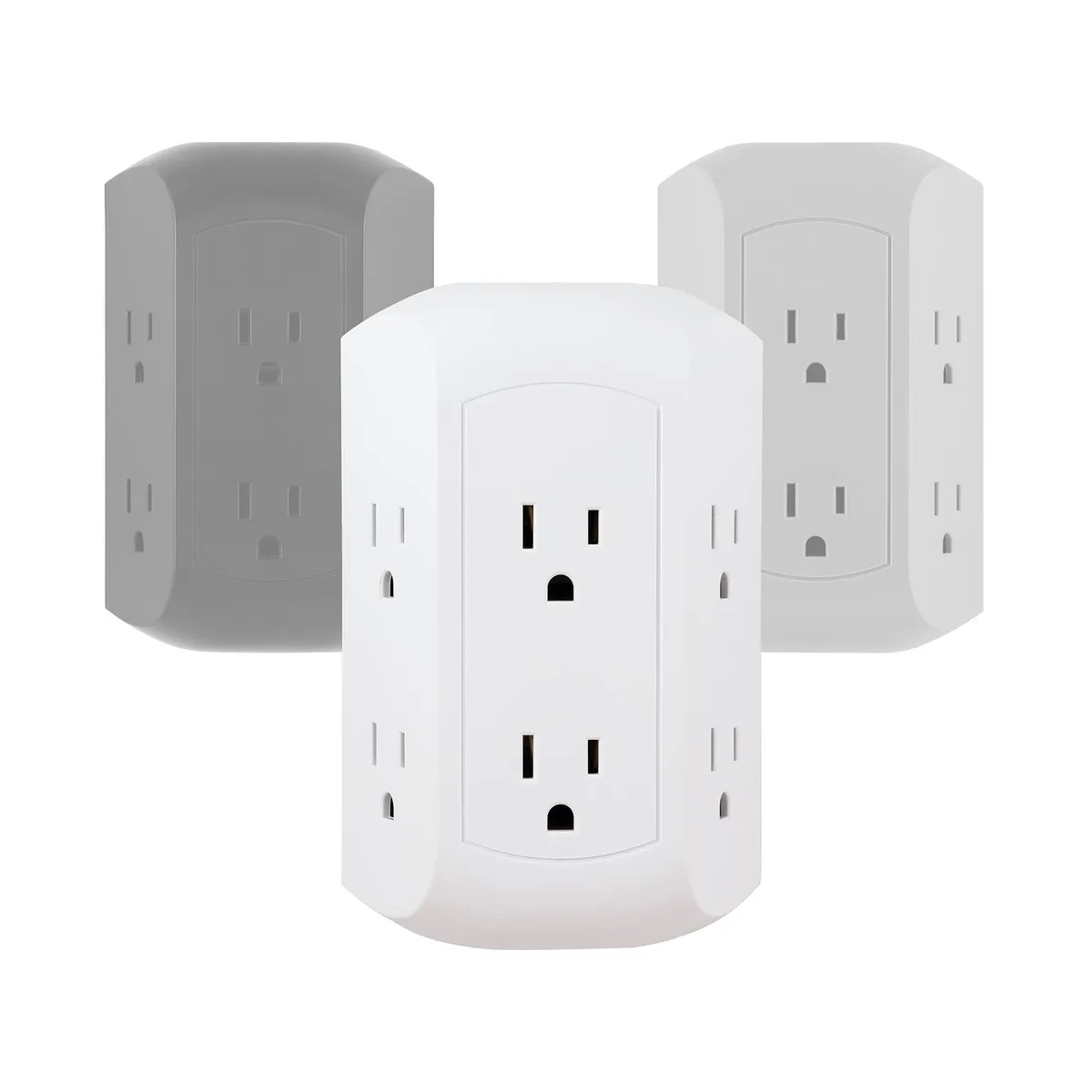
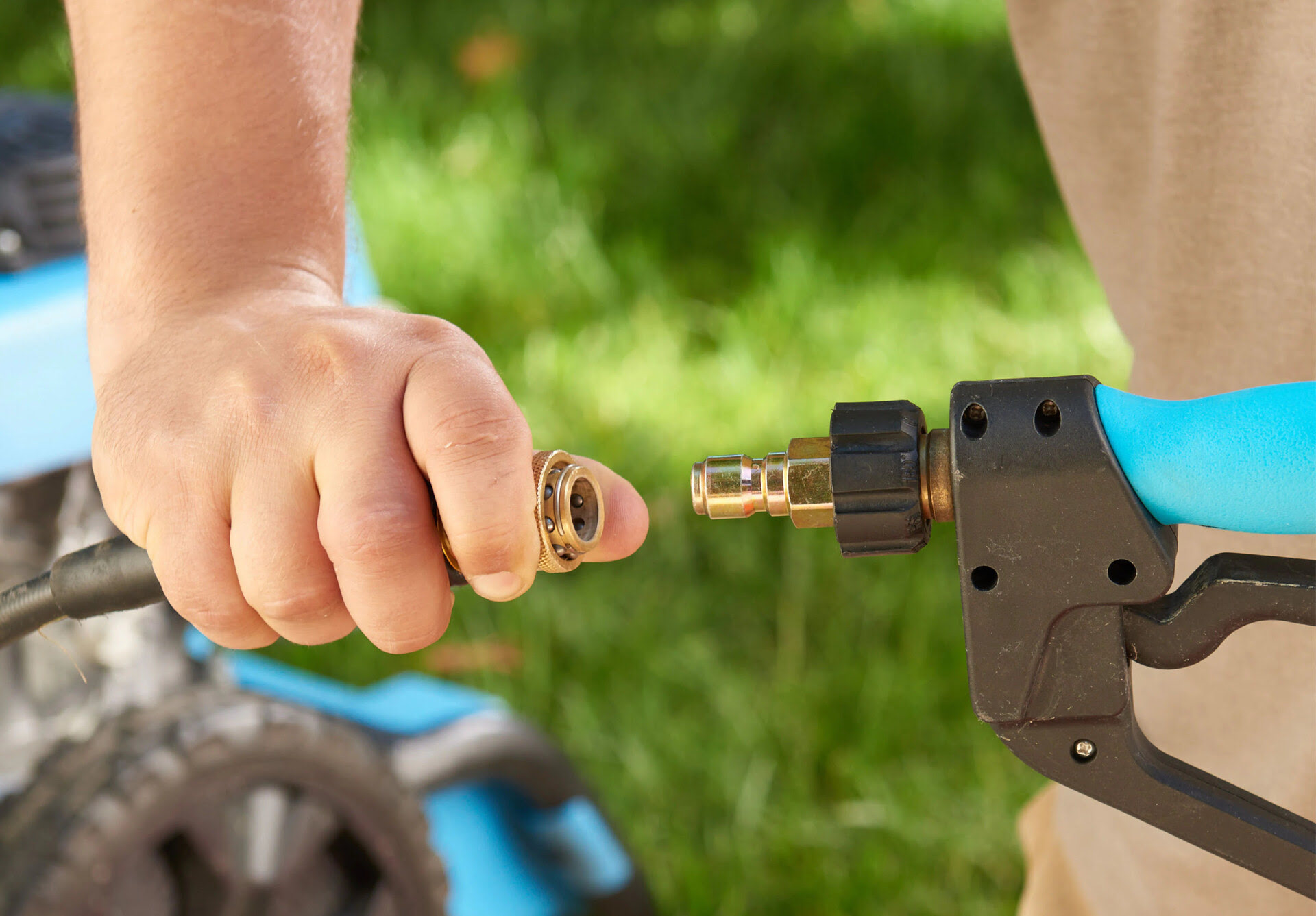
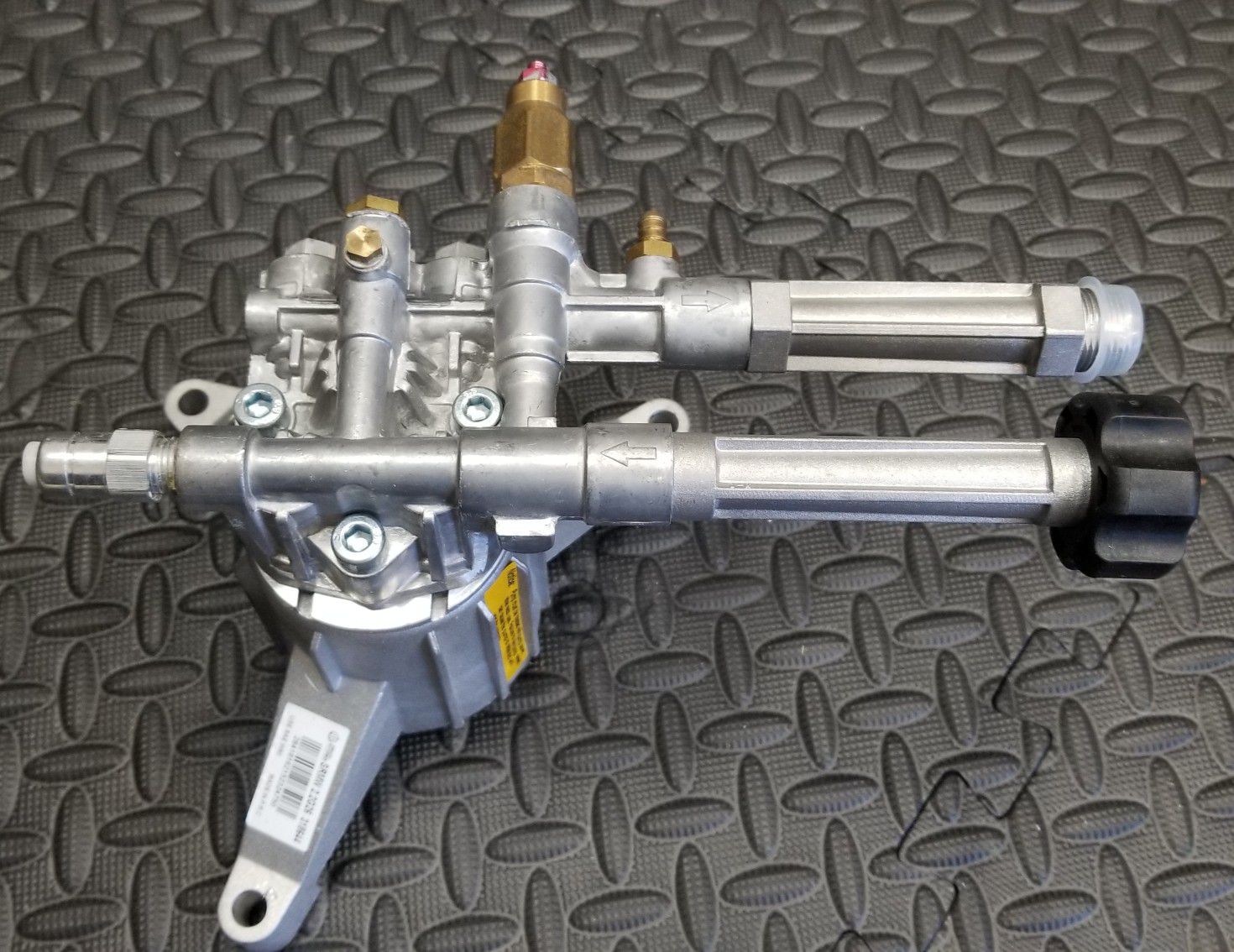

0 thoughts on “How To Power Wash Siding”